Reproducing the work of great artists is the most exciting aspect of our job. This may be in the form of a book, a facsimile or a ‘new original’. Last year we were asked to make a book to accompany an exhibition of the work of James Rosenquist (1933 – 2017), a leading American Pop artist. The exhibition ‘James Rosenquist: Visualising the 60s’ at Galerie Thaddaeus Ropac in London contained works and notes from the crucial early period of his career drawing on his experience making commercial art. You can see images of that beautiful book in our portfolio study James Rosenquist: Visualising the Sixties.
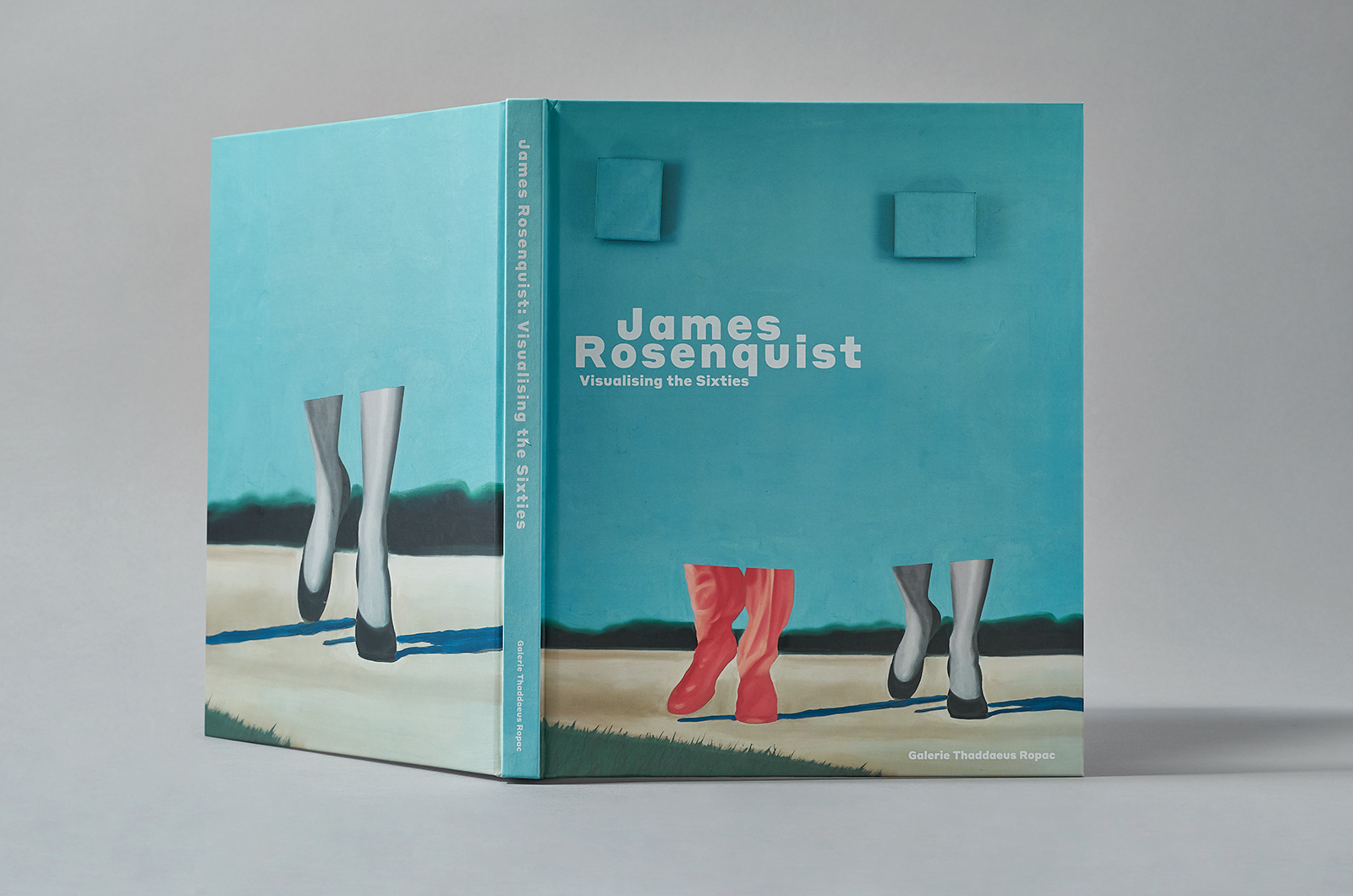
Following the opening of the exhibition the Rosenquist family were shown a copy of a notebook we made for The Estate of Eduardo Chillida and asked us if we could make a copy of James Rosenquist’s notebook. We were keen to take on the challenge of such a personal project having admired Rosenquist’s work while making the exhibition book.
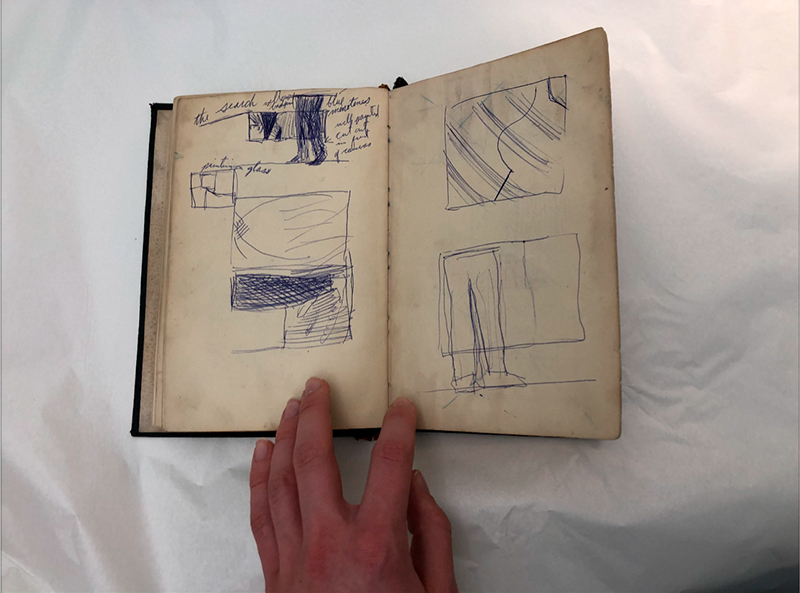
The notebook was very well used and in need of quite a lot of care and attention, but it was an important part of the exhibition as a many of the notes and sketches filling it’s well-thumbed pages had a direct bearing on the work in the show and the pages of the notebook offered an insight into the creative process of the artist. However, as we discussed the project, it became clear that they didn’t so much want a *facsimile with all the focus on reproducing the failing binding, but rather they needed a useable reproduction of the content.That’s why we have developed the New Original. A New Original is not a *facsimile. It’s probably easier to think of it as a second cousin to a facsimile; similar but different. We’re making something that retains the ‘feel’ of the original; paper, touch, volume, binding and content, but where the clock has been turned back, back to when it was new, leaving it refurbished and restored. A New Original.
It’s a challenging, meticulous and exacting process. But ultimately one that is hugely rewarding.
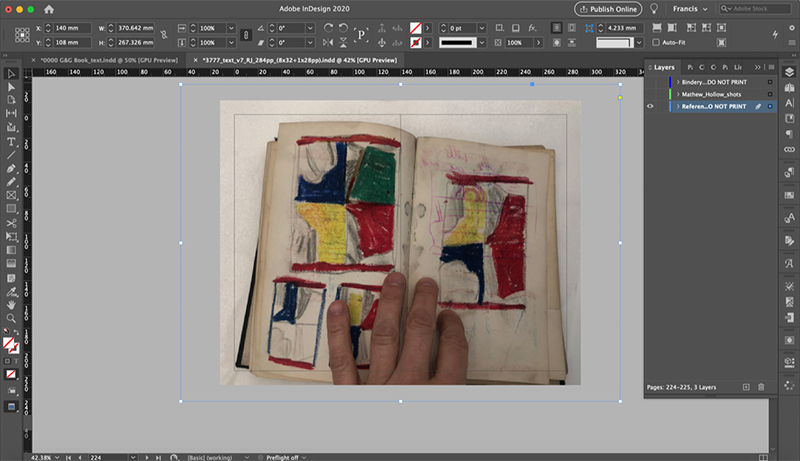
First of all we have to carefully examine and log the content. That means photographing every page and assembling into a *maquette. From this we can work out if there are any pages that haven’t been photographed in high resolution and organise for those to be shot. We’re also looking for torn, damaged or physically marked pages – and especially for pages that used to be there! After that, our specialist binding team study the binding and binding materials and begin the process of sourcing or making those.
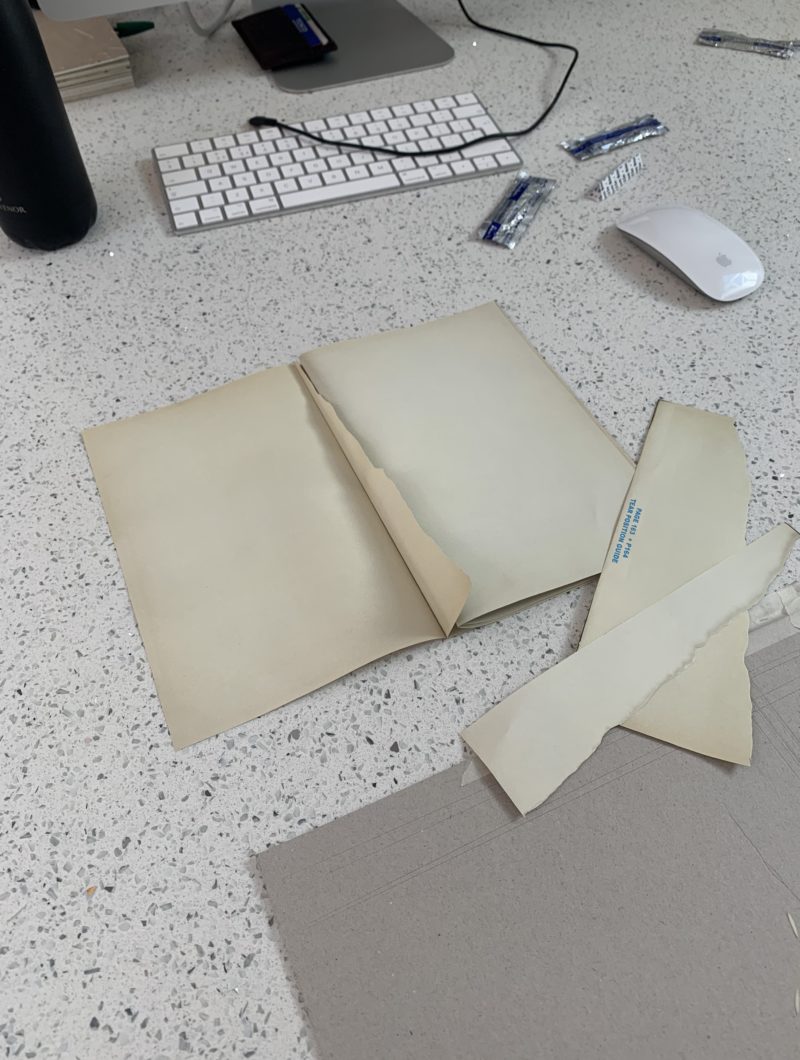
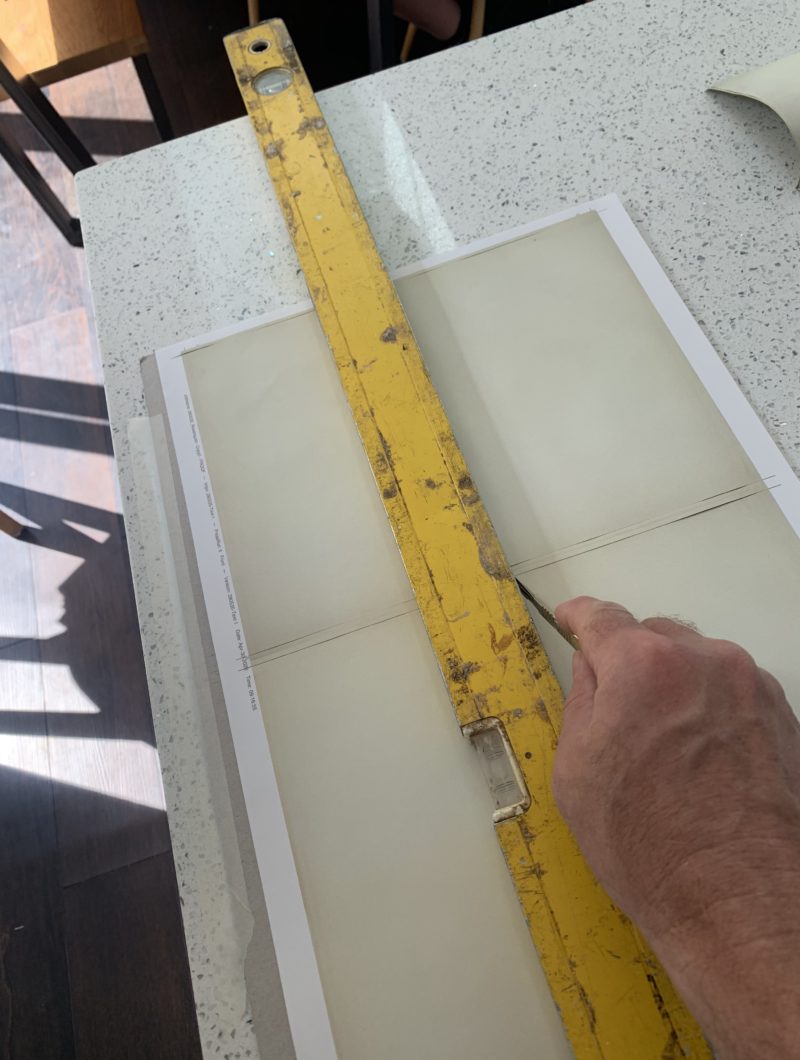
It’s not just about how it looks, but how it feels.The hardest thing is always finding the right paper. In this case, the original notebook is over 60 years old and paper just feels different these days. The search for paper is long but it’s important not to get hung up on shade. It’s all about ‘snap’ or how the paper behaves in the hand. If it feels right, we can make it look right.
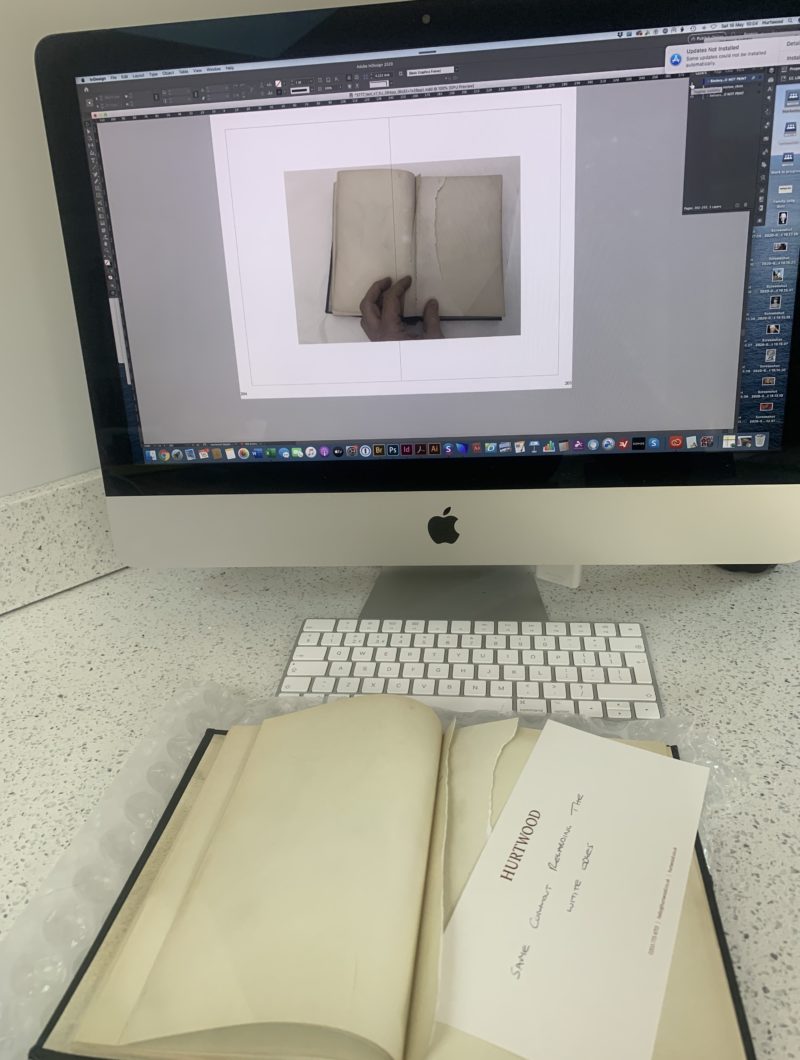
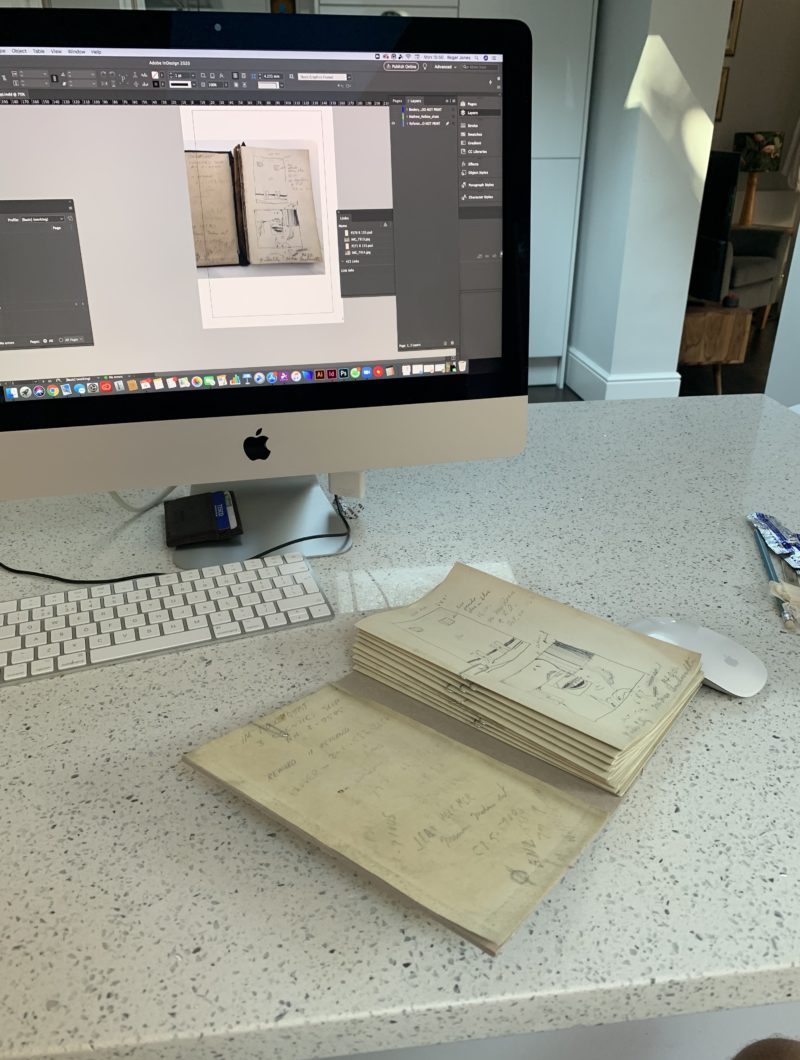
Once all the high resolution photography is assembled, we start to place it over the snaps. This is to ensure that nothing is missed (it’s here we usually discover the missing pages). The final result is a multi-layered file with snaps, high resolution images and a final layer with bindery notes.
The sheets are trialled on press and the colour is adjusted before we run a complete set for sending to the bindery.


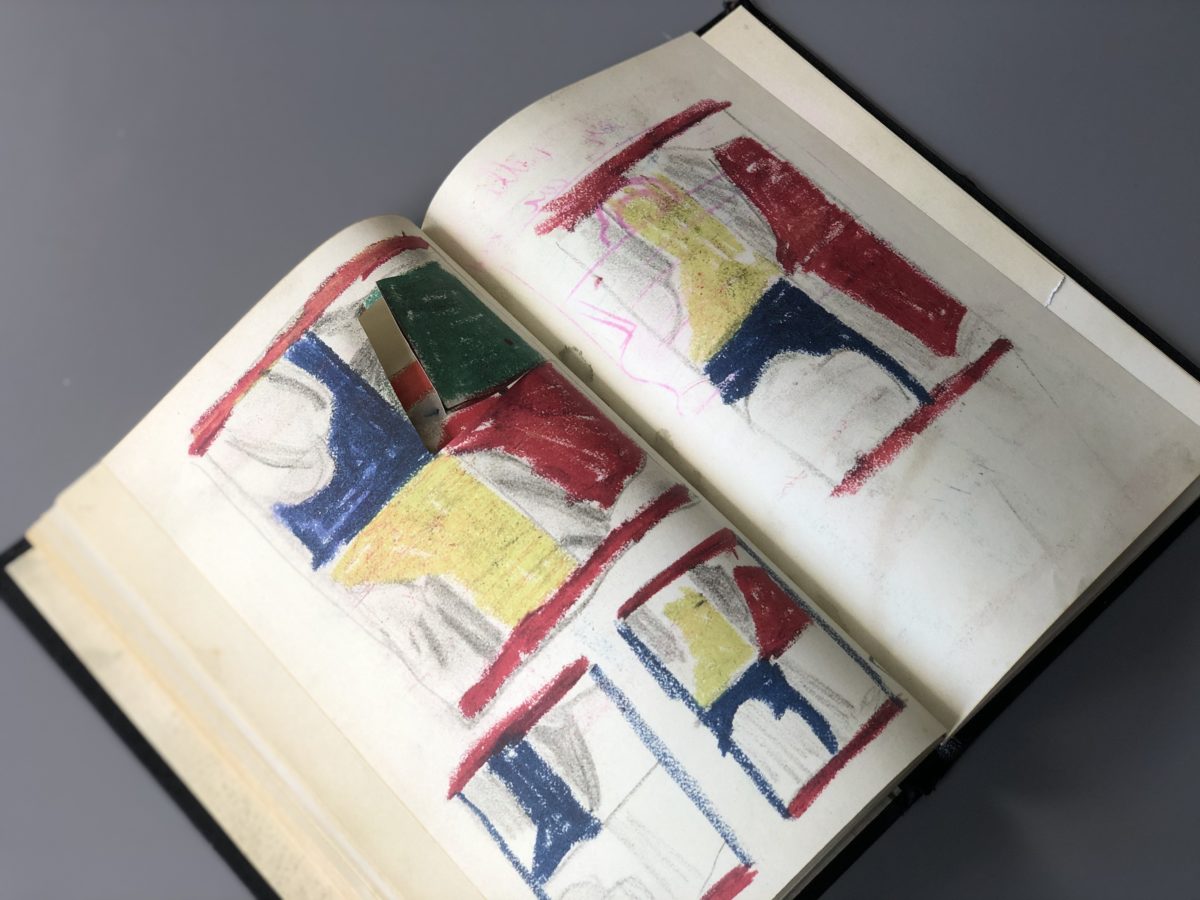
Part of our process is the creation of a complete and fully bound prototype which we use to get client approval before making any final amends and printing and binding the whole book. This is called Copy Zero and work of this nature can have multiple Copy Zeros and take several months.
Words: Francis Atterbury
PS At the turn of the Century (how long ago that sounds!), I was working in Belgium developing new colour processes and techniques and using ultra-fine printing screens. It was here that we first coined the phrase ‘New Originals’ to mean something akin to a facsimile but different. Processes Hurtwood continued to develop through the collaboration with artists and collectors.
*Facsimile: an exact copy, especially of written or printed material.
*Maquette: a small preliminary model or sketch.